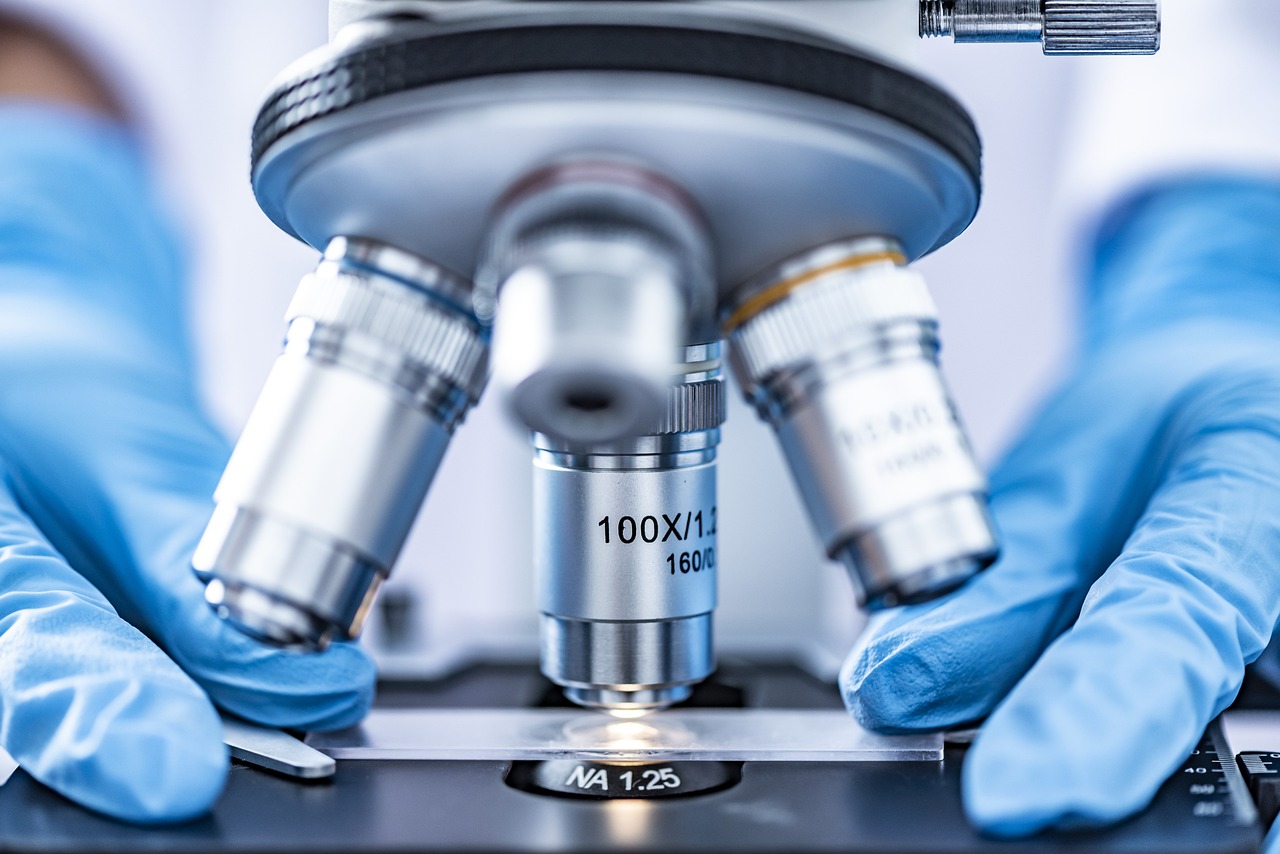The Potential of Exosome Therapy for Wound Healing: Accelerating Tissue Regeneration
Exosomes, small extracellular vesicles secreted by cells, have emerged as key players in wound healing processes. Their ability to transport bioactive molecules such as proteins, lipids, and nucleic acids make them ideal candidates for intercellular communication and regenerative functions. Studies have shown that exosomes play a crucial role in promoting cell proliferation, migration, and differentiation, essential steps in the wound healing cascade.
The therapeutic potential of exosomes in wound healing lies in their capability to modulate immune responses, stimulate angiogenesis, and enhance tissue regeneration. By delivering specific growth factors and signaling molecules to target cells, exosomes can promote the rebuilding of damaged tissue and facilitate faster wound closure. Furthermore, exosomes have been found to reduce inflammation and scar formation, thus promoting a more functional and cosmetically appealing healing outcome.
• Exosomes are small extracellular vesicles secreted by cells
• They transport bioactive molecules such as proteins, lipids, and nucleic acids
• Exosomes play a crucial role in promoting cell proliferation, migration, and differentiation
• They modulate immune responses, stimulate angiogenesis, and enhance tissue regeneration
• Exosomes deliver specific growth factors and signaling molecules to target cells for tissue rebuilding
• Exosomes reduce inflammation and scar formation for a more functional healing outcome
Understanding the Mechanism of Exosome Therapy
Exosome therapy is a promising approach that utilizes exosomes, small extracellular vesicles, to promote tissue regeneration and wound healing. These exosomes are known to contain various bioactive molecules such as proteins, lipids, and nucleic acids, which play a crucial role in intercellular communication. Through their ability to transfer these bioactive molecules to recipient cells, exosomes can modulate cellular functions and promote tissue repair processes.
One of the key mechanisms of action of exosome therapy is their role in promoting cell proliferation and migration at the site of injury. Exosomes released from stem cells or other therapeutic sources carry signaling molecules that can stimulate the growth and movement of nearby cells involved in the wound healing process. By enhancing the regenerative capacity of damaged tissues, exosomes hold great potential for improving the outcomes of various medical conditions, including chronic wounds, tissue injuries, and degenerative diseases.
Benefits of Exosome Therapy for Tissue Regeneration
One of the key benefits of exosome therapy for tissue regeneration is its ability to promote cell signaling and communication. Exosomes are rich in various growth factors, cytokines, and nucleic acids that can be transferred to target cells to modulate their behavior and encourage tissue repair. This signaling mechanism plays a crucial role in activating cellular processes that drive regeneration and healing within damaged or diseased tissues.
Moreover, exosome therapy offers a promising alternative to traditional approaches by harnessing the body’s natural healing mechanisms. Unlike some conventional treatments that may pose risks of rejection or adverse reactions, exosomes derived from the body’s own cells or from donor cells are generally well-tolerated and can be tailored to suit individual patient needs. This personalized approach enhances the therapeutic potential of exosome therapy for tissue regeneration, offering a safe and effective option for promoting healing and restoring tissue function.
What are exosomes and how do they play a role in wound healing?
Exosomes are small extracellular vesicles that are released by cells. They contain various proteins, lipids, and genetic material that can modulate cellular communication and signaling. In wound healing, exosomes promote cell proliferation, migration, and differentiation, leading to faster and more efficient tissue repair.
How does exosome therapy work in tissue regeneration?
Exosome therapy involves the administration of exosomes to injured tissues to promote healing and regeneration. The exosomes released by stem cells or other therapeutic sources can stimulate the body’s natural repair mechanisms, leading to improved tissue regeneration.
What are the benefits of exosome therapy for tissue regeneration?
Exosome therapy offers several advantages for tissue regeneration, including enhanced wound healing, reduced scarring, and improved tissue functionality. Exosomes can also modulate inflammation and immune responses, leading to a more controlled and efficient healing process.
How does exosome therapy help in understanding the mechanism of tissue regeneration?
Studying the effects of exosome therapy on tissue regeneration can provide valuable insights into the underlying mechanisms of cellular communication and signaling in the healing process. By analyzing the specific proteins and genetic material carried by exosomes, researchers can better understand how different cell types interact and coordinate their activities during tissue regeneration.







